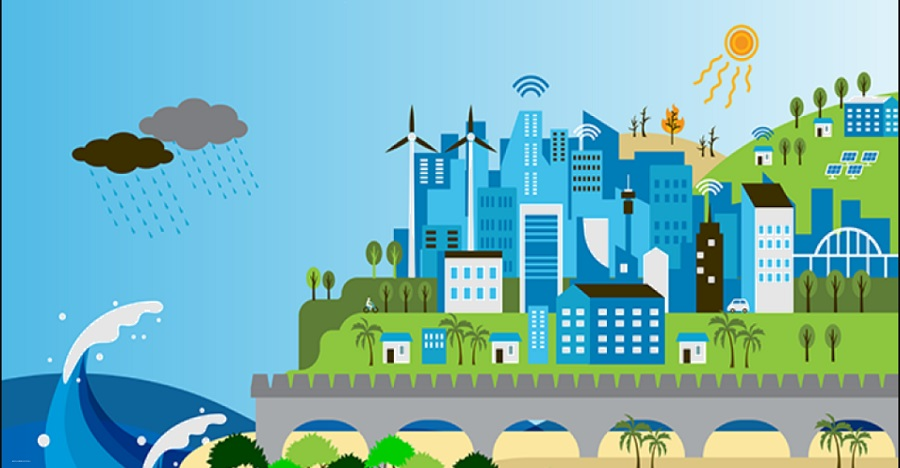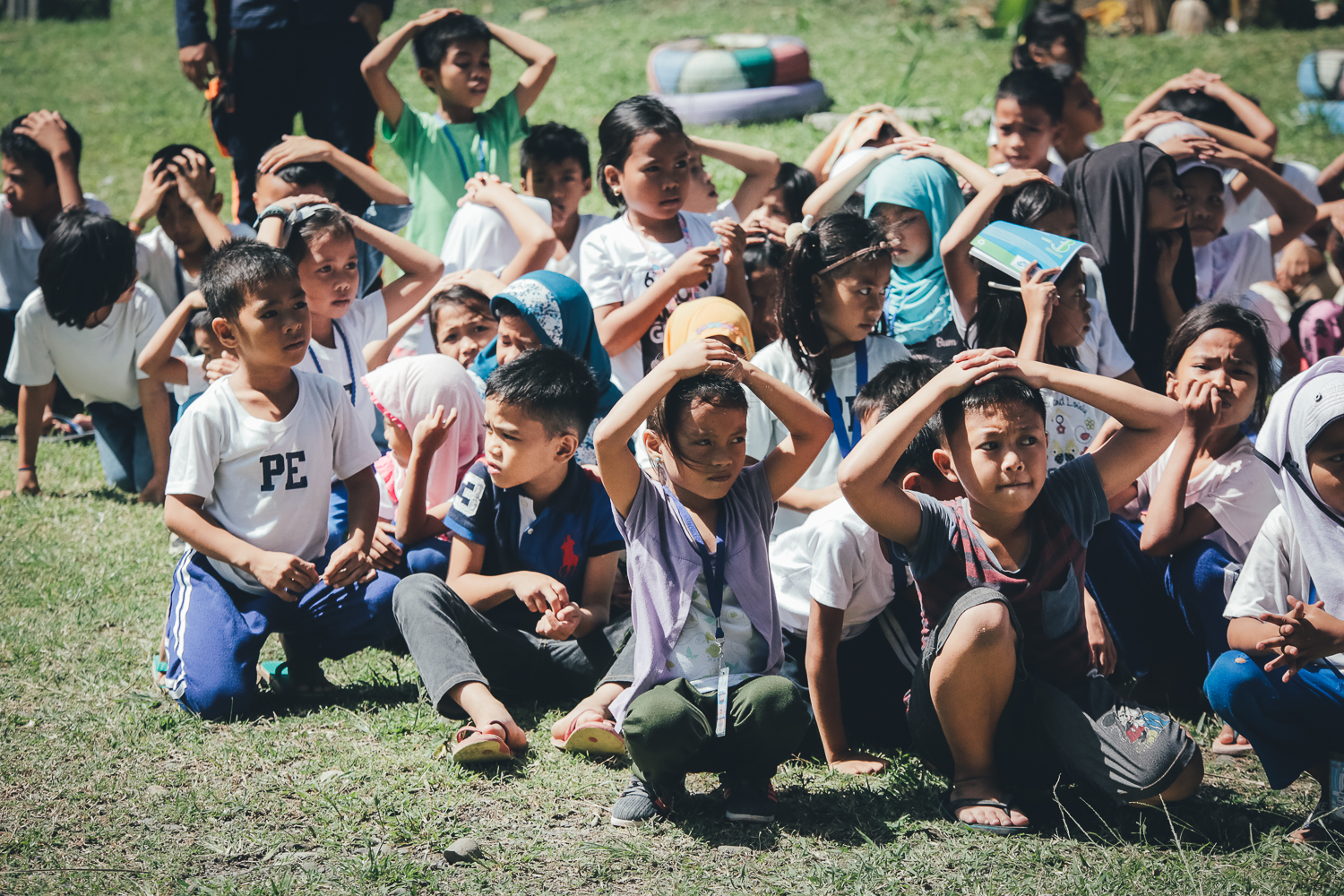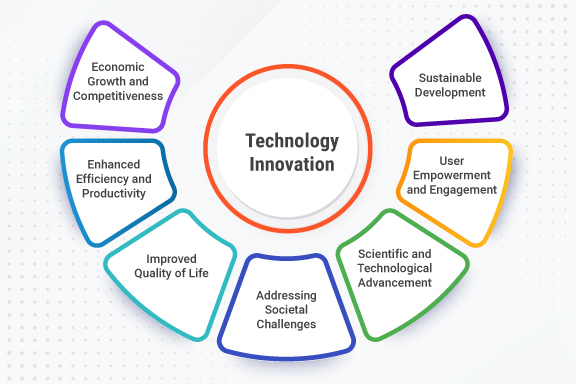How Do People Live in Zones of Seismic Activity?
How Do People Live in Zones of Seismic Activity?
By Ger Tran,
Earthquakes are among the most unpredictable and destructive natural phenomena. Yet, millions of people around the world live in zones of seismic activity—areas where the Earth's tectonic plates meet and shift. From Tokyo to Istanbul, San Francisco to Jakarta, life continues despite the risks. But how do people adapt to such volatile environments?
1. Building Resilient Infrastructure
The first line of defense is in the architecture. In high-risk zones, buildings are designed to withstand seismic shocks through advanced engineering techniques. For instance, in Japan and Chile—two of the most earthquake-prone countries—skyscrapers are constructed with flexible materials and shock absorbers that allow them to sway rather than collapse. Retrofitting older buildings is also a common practice to ensure structural safety.

2. Government Regulations and Urban Planning
Governments in seismic regions often enforce strict building codes and zoning laws. In California, USA, laws prohibit constructing critical infrastructure directly over fault lines. Cities also designate open spaces for emergency evacuation and relief operations. Urban planning includes designing wide streets and accessible emergency routes to facilitate rapid response during disasters.

3. Community Preparedness and Education
People living in seismic zones are trained to act quickly when an earthquake strikes. Schools and workplaces conduct regular earthquake drills. Public awareness campaigns teach residents how to “Drop, Cover, and Hold On.” In places like New Zealand and Taiwan, earthquake preparedness is part of the national curriculum, embedding a culture of safety from a young age.

4. Technological Innovations
Seismic zones benefit greatly from technology. Early warning systems can alert people seconds before a quake hits, allowing them to take cover or halt trains and machinery. Apps, sirens, and emergency text messages provide rapid alerts. Advances in geoscience also help in mapping fault lines and estimating risk levels, aiding future urban development.

5. Psychological and Social Resilience
Living in constant anticipation of disaster requires mental strength. Communities build resilience by supporting one another, sharing resources, and staying informed. Cultural acceptance also plays a role; in Japan, for instance, earthquakes are viewed as a natural part of life, and the society is psychologically conditioned to face them calmly and systematically.
Conclusion
While seismic zones pose undeniable challenges, human ingenuity, discipline, and preparedness have made it possible for people not only to survive—but to thrive—in these areas. Through a combination of science, policy, community action, and cultural adaptation, societies continue to coexist with the Earth's restless crust.
